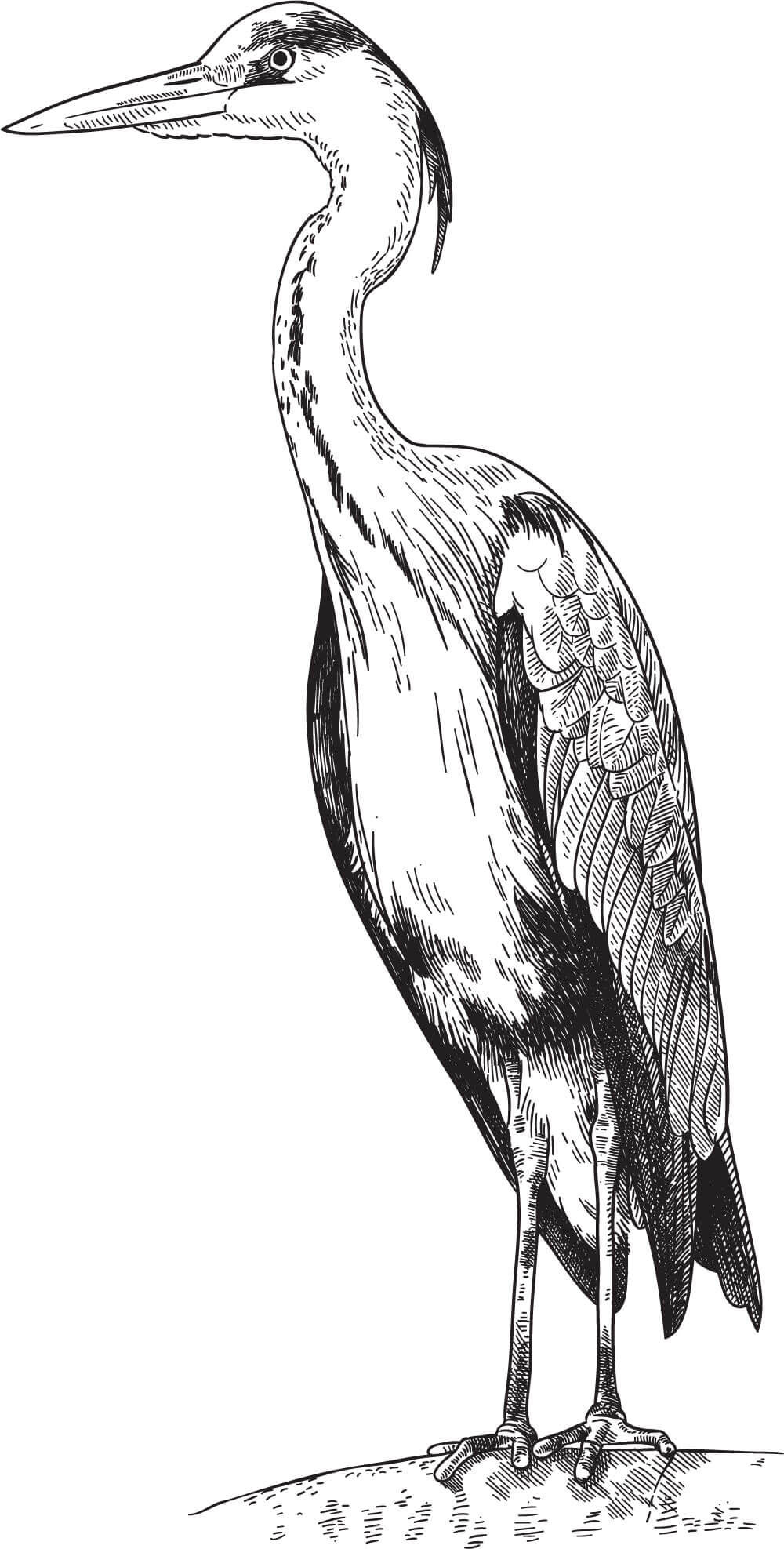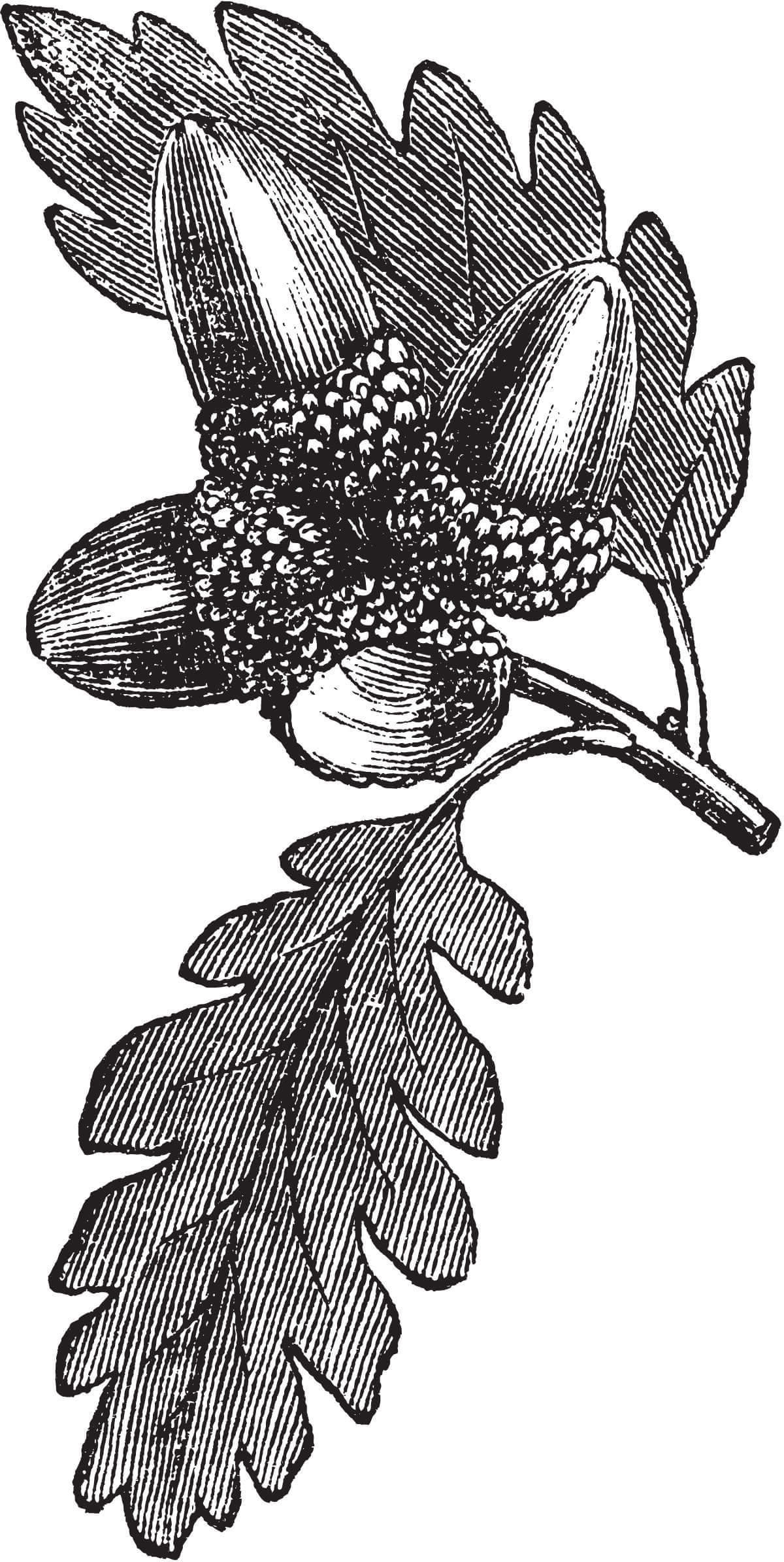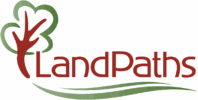Caring for the Land at Ya-Ka-Ama Indian Educational Center
Category: Blog, Community Resilience, Growing Community with Nature, Partners, Partnerships, Right Relations, slow restoration, Stewardship, Volunteer, Wildfire Fuel Reduction
By LandPaths Staff
September 12, 2024
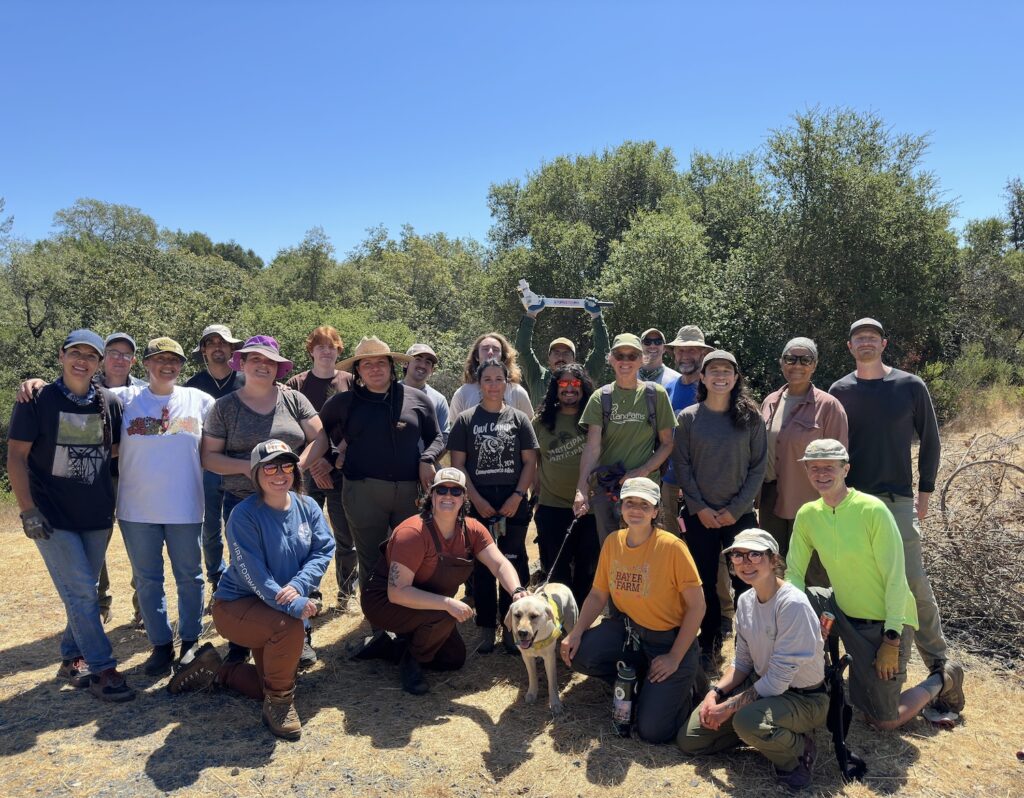
Story by Miles Sarvis-Wilburn, Senior Stewardship Field Specialist
Stewardship is a strengthening of the relationship between person and land. When we steward, we connect directly with the plants and animals, fungi and watersheds, but we also connect with history. This is because for tens of thousands of years people have lived on this land and cared for it, as we try to now.
In Sonoma County, these people are the Pomo, Coast Miwok, and Mishewal Wappo. They are represented through various federally recognized and unrecognized tribes. On August 31, we had the privilege of joining community stewards and Sonoma Earth School in an amazing day of stewardship at Ya-Ka-Ama Indian Education and Development, Inc.
From their website, “Ya-Ka-Ama, which means “Our Land” in the Pomo language, is a non-profit 501(c)(3) organization founded in 1971. It is situated in a rural setting on 127 acres of agricultural land in Western Sonoma County near Forestville.” It was here that around thirty community stewards gathered alongside LandPaths’ staff to complete a series of stewardship tasks.
“We all have our different reasons for coming out and doing stuff like this; We all share the commonality of caring; We all care about the land and people. I think it’s really cool to see people show how they care by getting together and making the world a little bit better.”
Carrie, volunteer at the Ya-Ka-Ama Volunteer Stewardship Day and Dry Creek Rancheria Rancheria Band of Pomo Indians tribal member
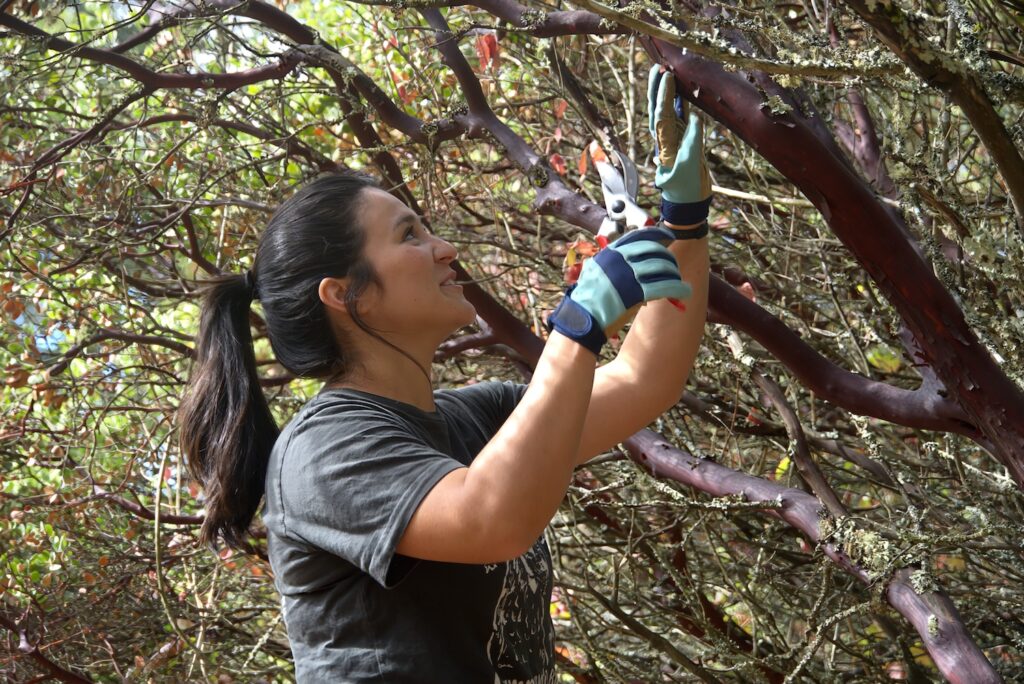
Our overarching goal was to make space: space for harvest, tending, and gathering, as well as space for children to learn and play. Our goals came from Ya-Ka-Ama members, Redbud Resource Group, and Sonoma Earth School.
What I learned is that when we make physical space for these things by pruning back dead wood, removing invasive species, and thinning overgrown areas, we also make space for that relationship known as stewardship. It is reciprocal: space made in the world for other people and species in turn makes space within ourselves to have a deeper connection with these facets of life.
We were successful in thinning out dead wood from old growth manzanita and increasing access to black oaks. We were successful in creating a shaded fuel break along an access road. We were successful in removing impediments to student learning in the forest. But mostly we were successful in coming together as a community to strengthen our relationship with the land.
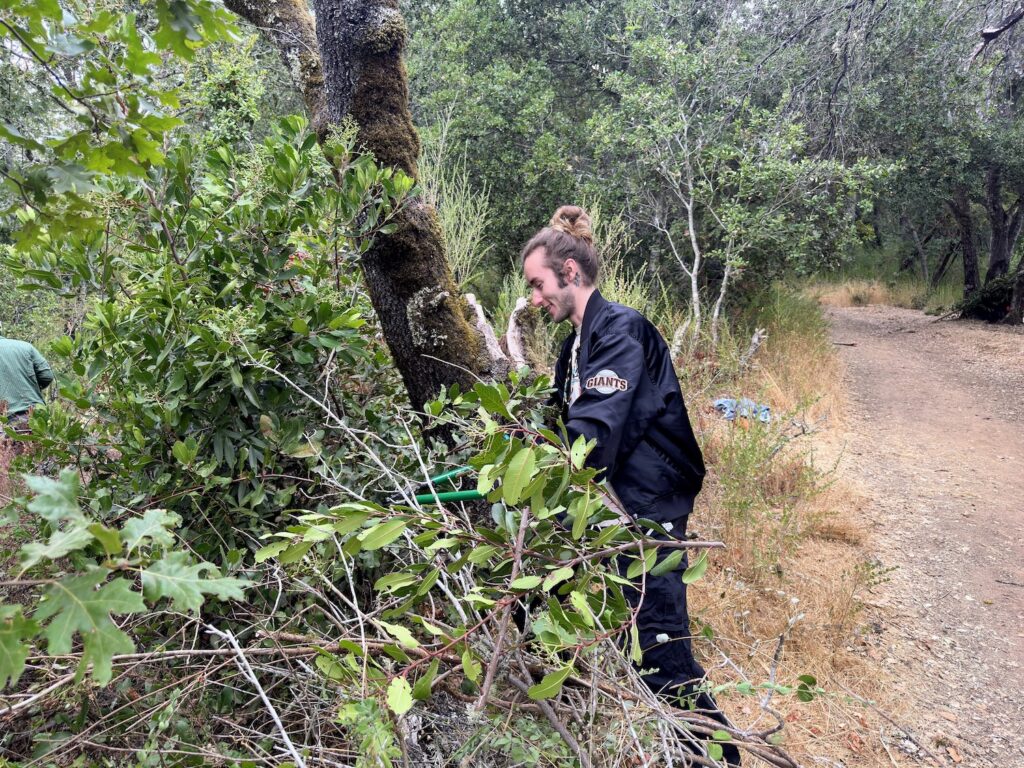
We are always on native land, but to work this relationship on native land owned by Indigenous peoples is powerful. For me, that power comes in the act itself, from relate-ing through the work itself. The relationship of stewardship is an active one and it was beautiful to see the activity at Ya-Ka-Ama on this day.
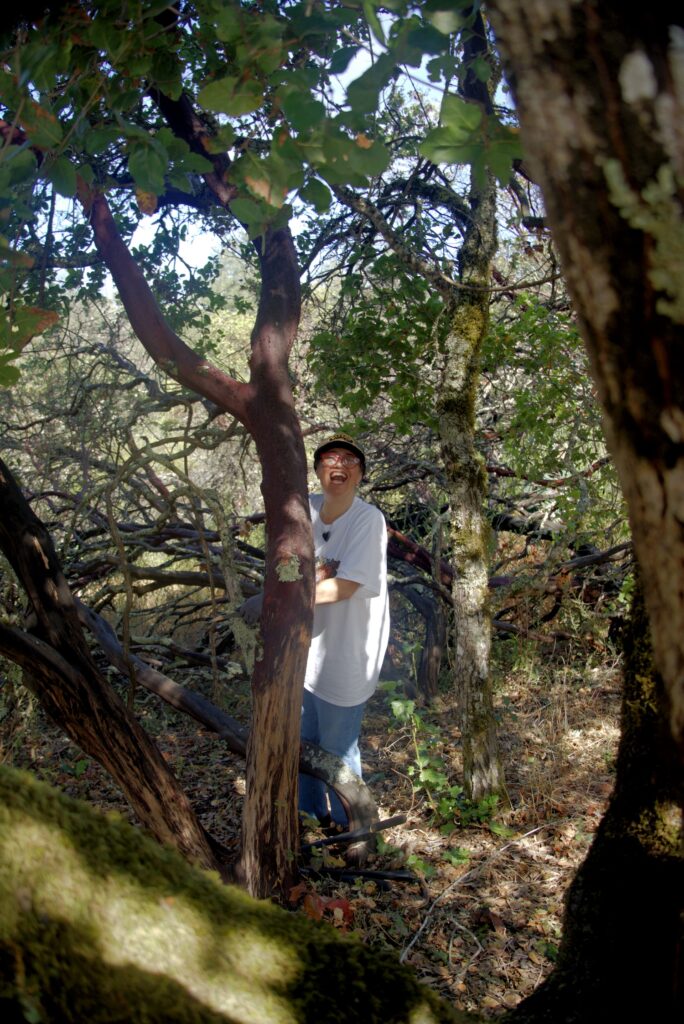
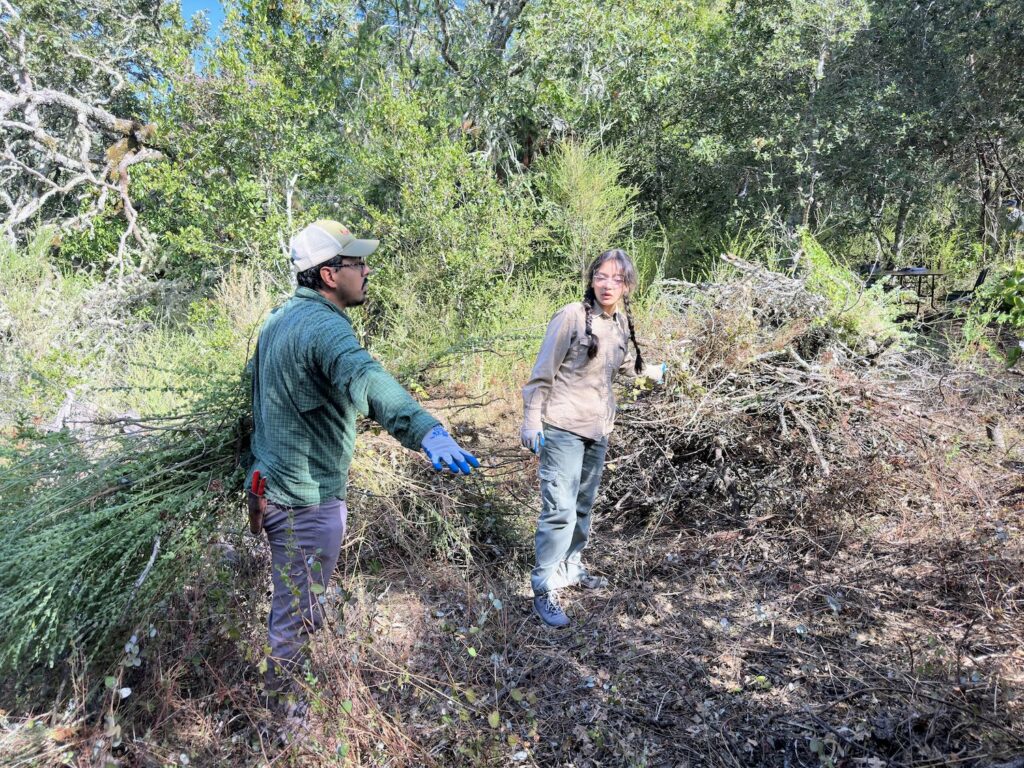
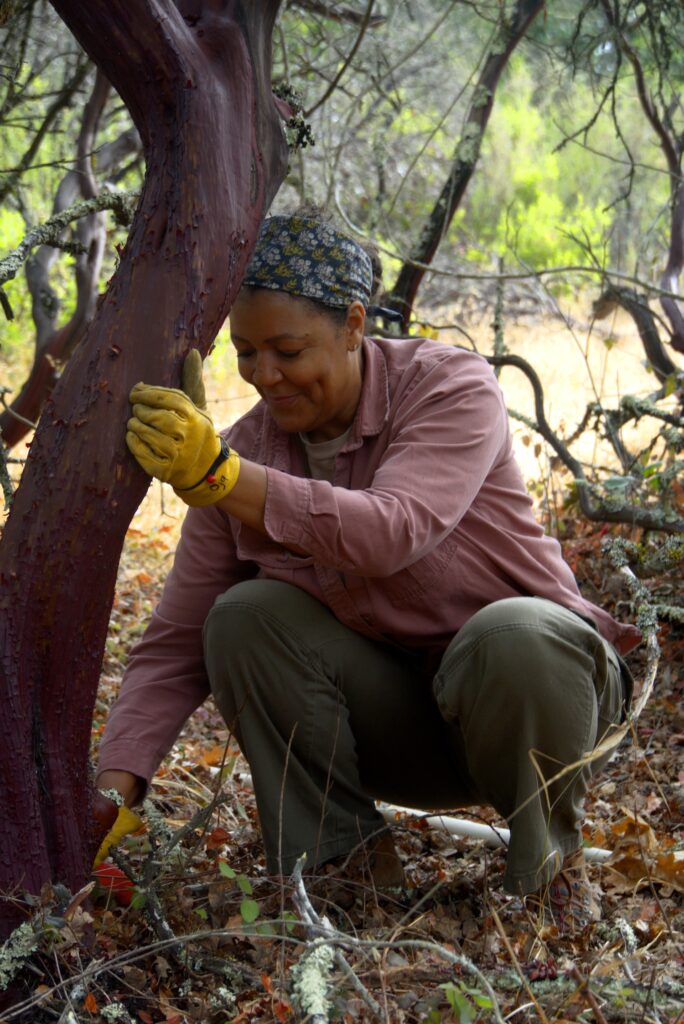
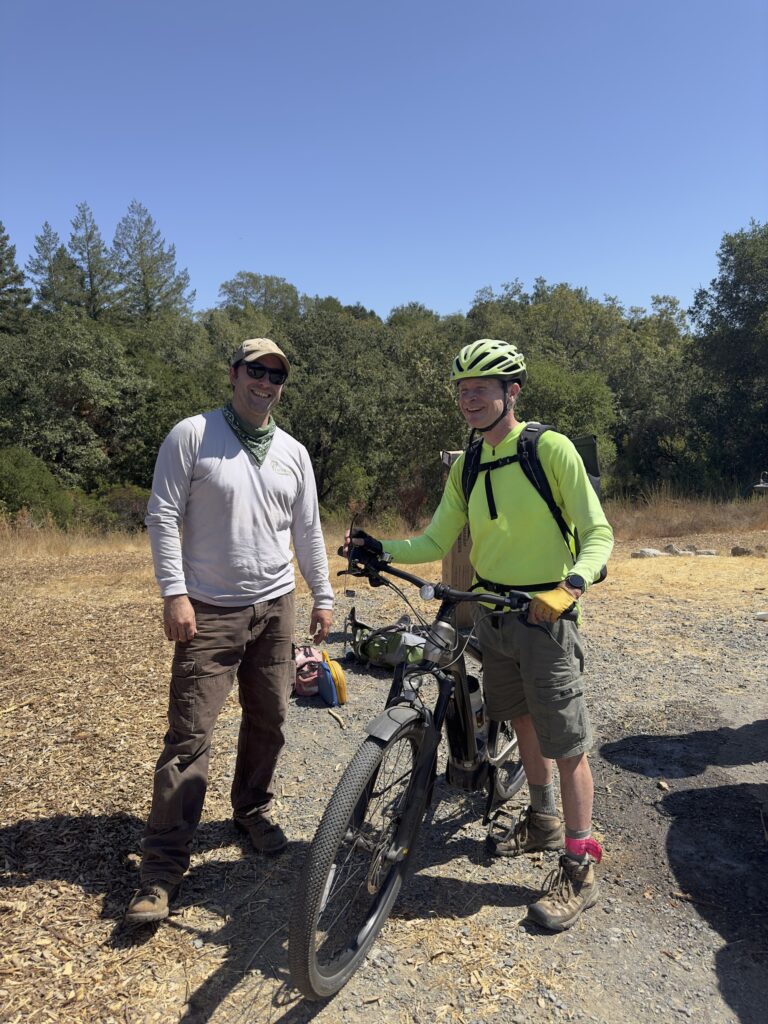
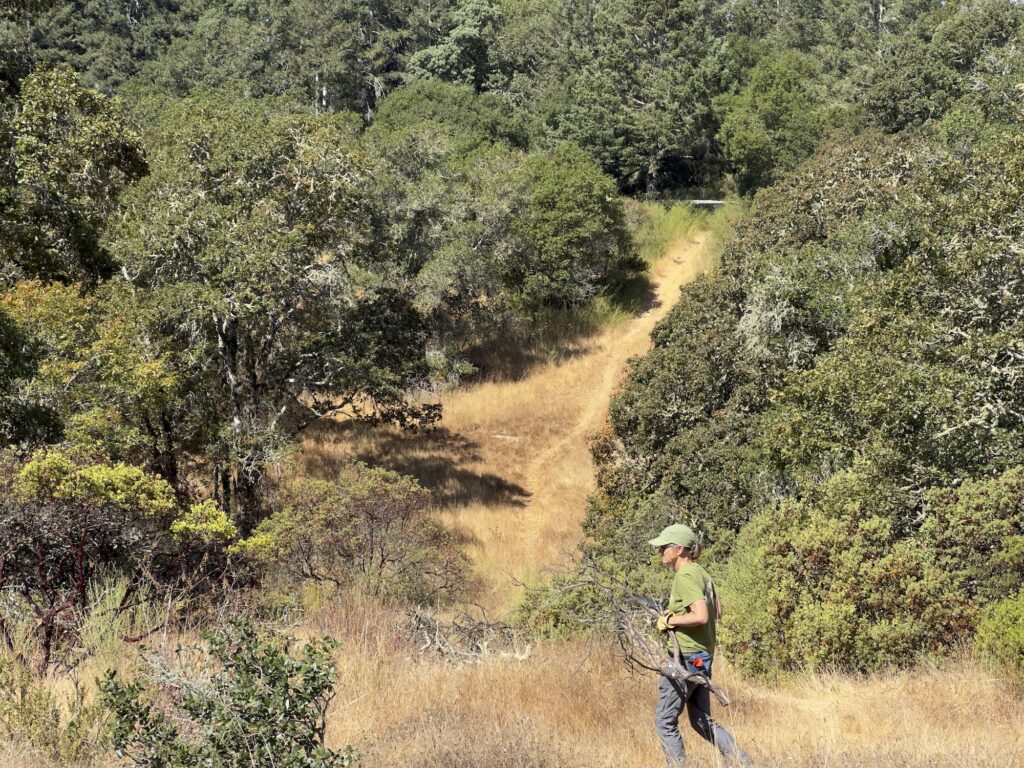
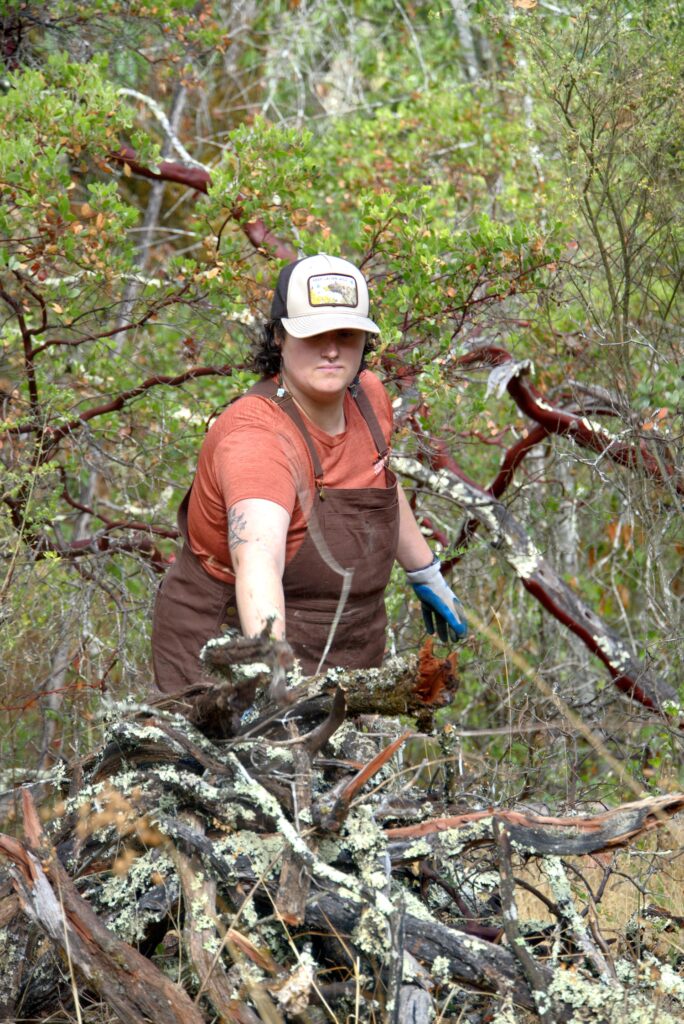
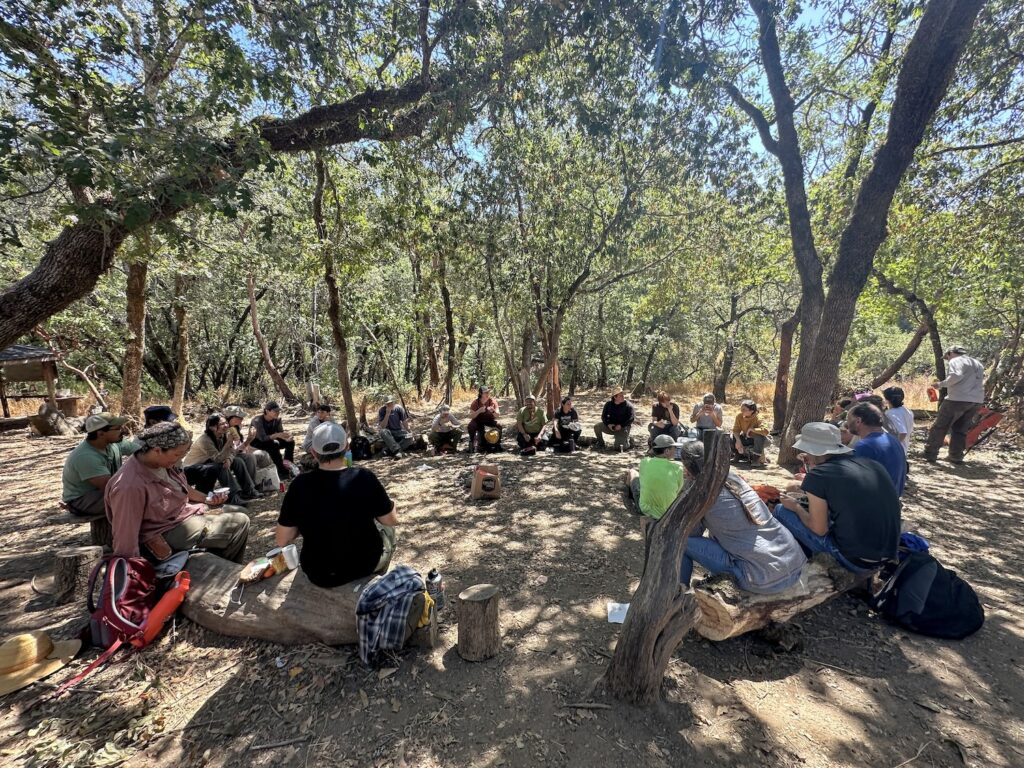
Partners
